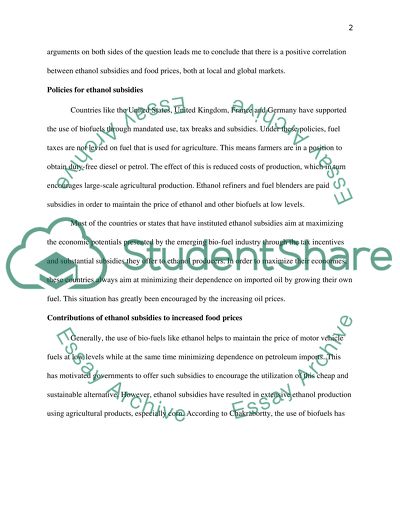Cite this document
(“Ethanol aides Energy: The effects of ethanol subsidies on food prices Thesis”, n.d.)
Retrieved from https://studentshare.org/other/1428494-ethanol-aides-energy-the-effects-of-ethanol
Retrieved from https://studentshare.org/other/1428494-ethanol-aides-energy-the-effects-of-ethanol
(Ethanol Aides Energy: The Effects of Ethanol Subsidies on Food Prices Thesis)
https://studentshare.org/other/1428494-ethanol-aides-energy-the-effects-of-ethanol.
https://studentshare.org/other/1428494-ethanol-aides-energy-the-effects-of-ethanol.
“Ethanol Aides Energy: The Effects of Ethanol Subsidies on Food Prices Thesis”, n.d. https://studentshare.org/other/1428494-ethanol-aides-energy-the-effects-of-ethanol.


